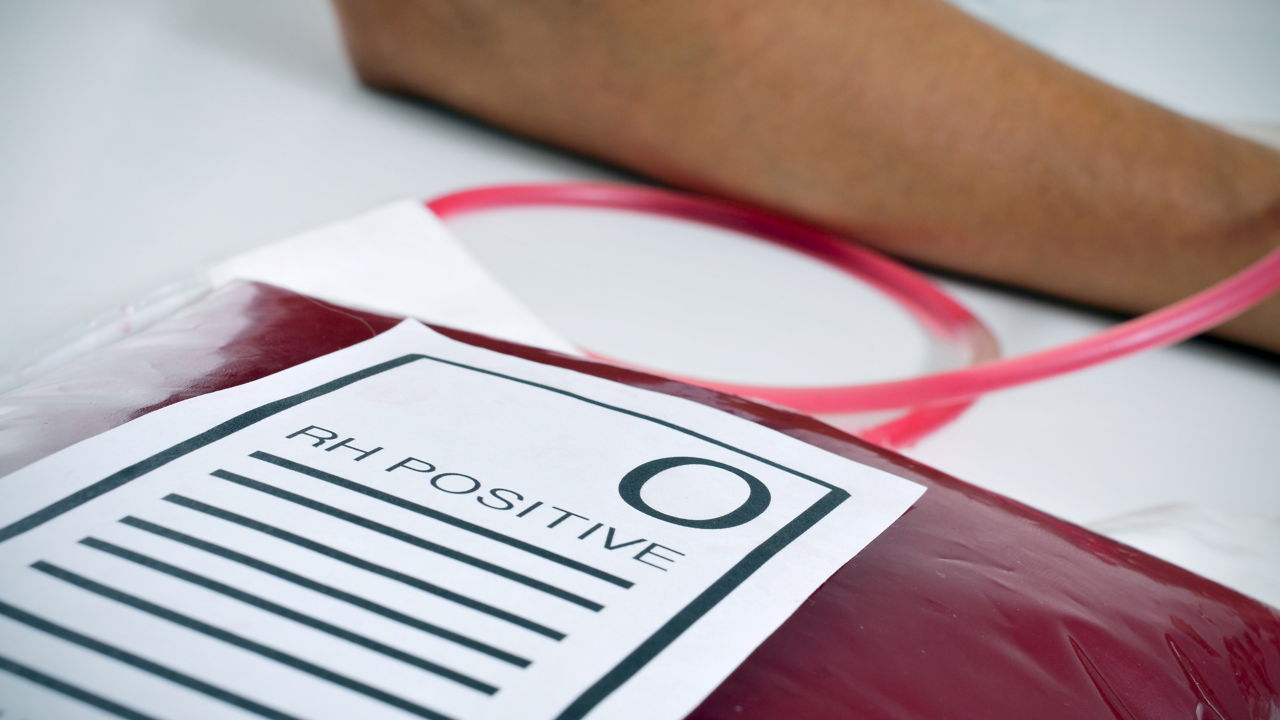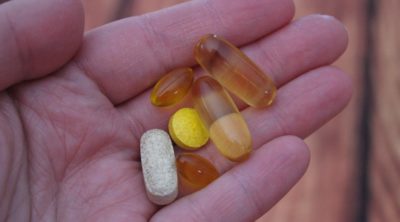
O positive blood is a commonly found blood group type, in individuals across the globe. O blood group is a universal donor and can be given to people of other blood groups as well. This article provides information on the different blood group types and some facts about O positive blood group.
Blood forms 7-8% of the body weight and comprises different components: red blood cells (RBC), white blood cells (WBC), platelets, and plasma. The RBCs make up 40-50% of total blood volume, whereas, the WBCs make up only 1% of the blood volume. Blood platelets are cells, releasing blood clotting chemicals in the bloodstream, so as to repair wounds. Blood plasma forms 55% of the blood’s volume. It is a clear liquid comprising 92% water, protein, fat, sugar, enzymes, antibodies, hormones, blood clotting factors and salt components which carry RBCs, WBCs, platelets and some other chemicals.
Blood Group Types
The RBCs present in the blood feature proteins called antigens on their surface. These antigens are either proteins or sugars and adhere themselves to various components in the RBC membrane. There are different types of RBC antigens, however, the most important types are the ABO and rhesus types. Depending on the antigen on the RBC, the blood group type is determined and identified. The different blood groups are: A, B, AB or O. AB negative and B negative are the rare blood types, however, O positive blood is a common type of blood group.
Blood Group A: People with A blood group have type A antigens adhering to the surface of the RBC, with anti-B antibodies present in the plasma.
Blood Group B: People with B blood group have type B antigens adhering to the surface of the RBC, with anti-A antibodies present in the plasma.
AB Blood Group: People with AB blood group have both type A and type B antigens adhering to the surface of the RBC. Moreover, they do not have any antibodies (anti-A and anti-B) in the plasma.
O Blood Group: These people do not possess type A or type B antigens adhering to the surface of the RBC. However, they do have anti-A and anti-B antibodies in plasma.
The liquid part of the blood, that is the plasma contains certain antibodies that will attack specific antigens if present. Thus, people with A, B, or O blood group will have antibodies that destroy some of the other blood groups. Which means that people with A blood group cannot receive blood from a person with B blood group, and vice versa. People with blood group O will have antibodies fighting A and B blood groups. However, people with AB blood group do not produce any antibodies for any of the other blood groups. By the time a baby has attained the age of 6 months, his or her body would have naturally developed antibodies to attack the antigens his or her RBCs lack.
As far as understanding the rhesus types are concerned, one’s Rh status will be listed as positive (+) or negative (-). If one has Rh negative blood, then the body forms antibodies against Rh positive blood to destroy it. This coming in contact with the opposite rhesus factor occurs either during a blood transfusion or while carrying a fetus with opposite Rh rhesus factor. A person inherits the blood group type from his or her parents. The different combination of blood groups are A positive, A negative, B positive, B negative, AB positive, AB negative and O positive, O negative. These combinations are possible due to the antigen-antibody compatibility issues.
Facts about O Positive Blood Type
Can receive blood from only O group individuals…
As learned above, O blood group has an important characteristic: it lacks antigen A or B. However, their blood serum comprises IgM anti-A antibodies and anti-B antibodies against the A and B blood group antigens. Thus, people with O blood group can receive blood from any O individual, but cannot receive blood from any of the A, B or AB group. Depending on the Rhesus factor, O positive blood group is again categorized as O positive blood and O negative blood. O positive blood people can receive blood from only O positive or O negative people. However, O negative people can receive blood from only O negative people.
Can donate blood to individuals of all other blood groups…
O blood group is known as the universal donor, which means it can be given to people with other blood types such as A, B or AB blood groups. However, the O blood group is again classified as O positive and O negative. Of this, O negative blood group can be safely given to any blood group type. This is especially handy during dire situations, wherein there is no time to identify the blood group type. Cancer, surgery, blood disorders, trauma, etc. are times when blood transfusions are commonly required. Transfusion of other blood types into the body will result in blood clotting of the patient. O positive blood group can be safely given to patients with positive blood groups such as A positive, B positive and AB positive.
Is the commonest blood group type…
As per the information provided by the American Red Cross, O positive blood is the commonest type of blood group found in 38% of the US population. This blood group is commonly seen in Hispanic people, wherein, 53% of the people have O positive blood. On the other hand, O negative blood is seen only in 7% of the total population. Since the parent’s blood group determines the fetus’ blood group, the University of Utah’s Genetic Science Learning Center states that parents with type O blood will have children with type O blood as well. O blood type is the most common one, thus, O positive donors are more frequently needed as compared to the other types.
O negative mother and O positive fetus…
A woman with O negative blood group may be seen to be carrying a fetus with O positive blood group. In such cases there is a risk of the woman’s body rejecting the fetus, thereby leading to pregnancy complications. To prevent placental tears during pregnancy and hemolytic disease, the pregnant woman is given a shot of RhoGAM halfway to her due date. This injection is once again given within the first 72 hours after the child is born, which is given as a precautionary measure in case the maternal and fetal blood come in contact during delivery. This will prevent the development of antibodies to the Rh factor in the mother’s body.
O blood group type and personality…
Although there is no proven connection between blood group and personality, the Japanese and Koreans are known to associate blood group types with personality. According to the Japanese belief, people of the O blood group type exhibit certain common personality traits. People with the O blood group are known to be confident, self-reliant, optimistic, creative, leader-material people who like taking initiatives. Having seen the positive side of this blood group, people with O blood group are also known to have negative attributes like starting a project and not finishing it, being arrogant, envious and insensitive. However, all this is not scientifically backed.
O blood group type diet…
It is believed that blood types determine personal tastes, eating habits, allergies, body metabolism and medical conditions. O positive individuals are believed to digest animal proteins easily, due to their high stomach acid content. Moreover, they are believed to not be able to digest grains and dairy products well. Thus, an O positive type diet comprises high protein and low carbohydrate food items.
The blood group O is a universal donor and is the most common blood group found in people across the globe. This is why it is commonly required in hospitals from time to time. People with O blood group, especially O negative people should donate their blood on a regular basis, such that lives can be saved!


